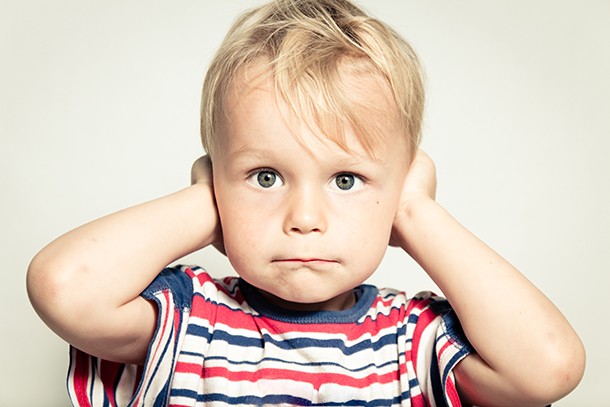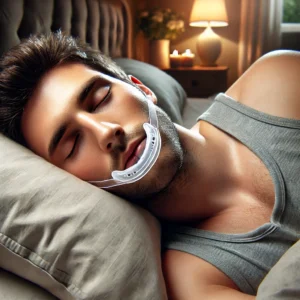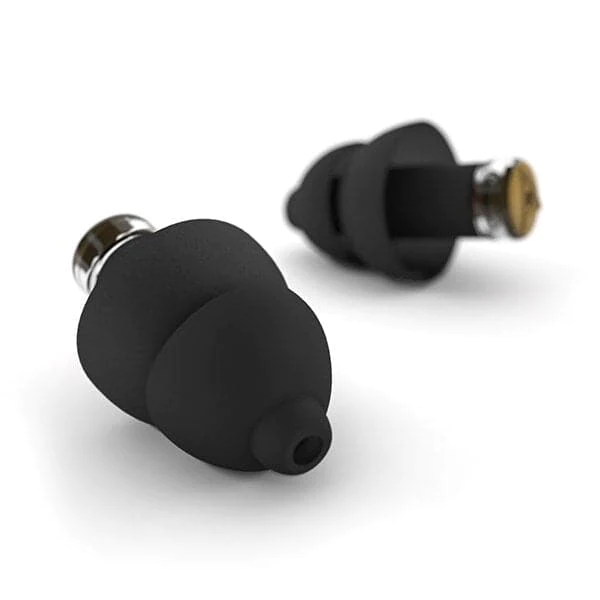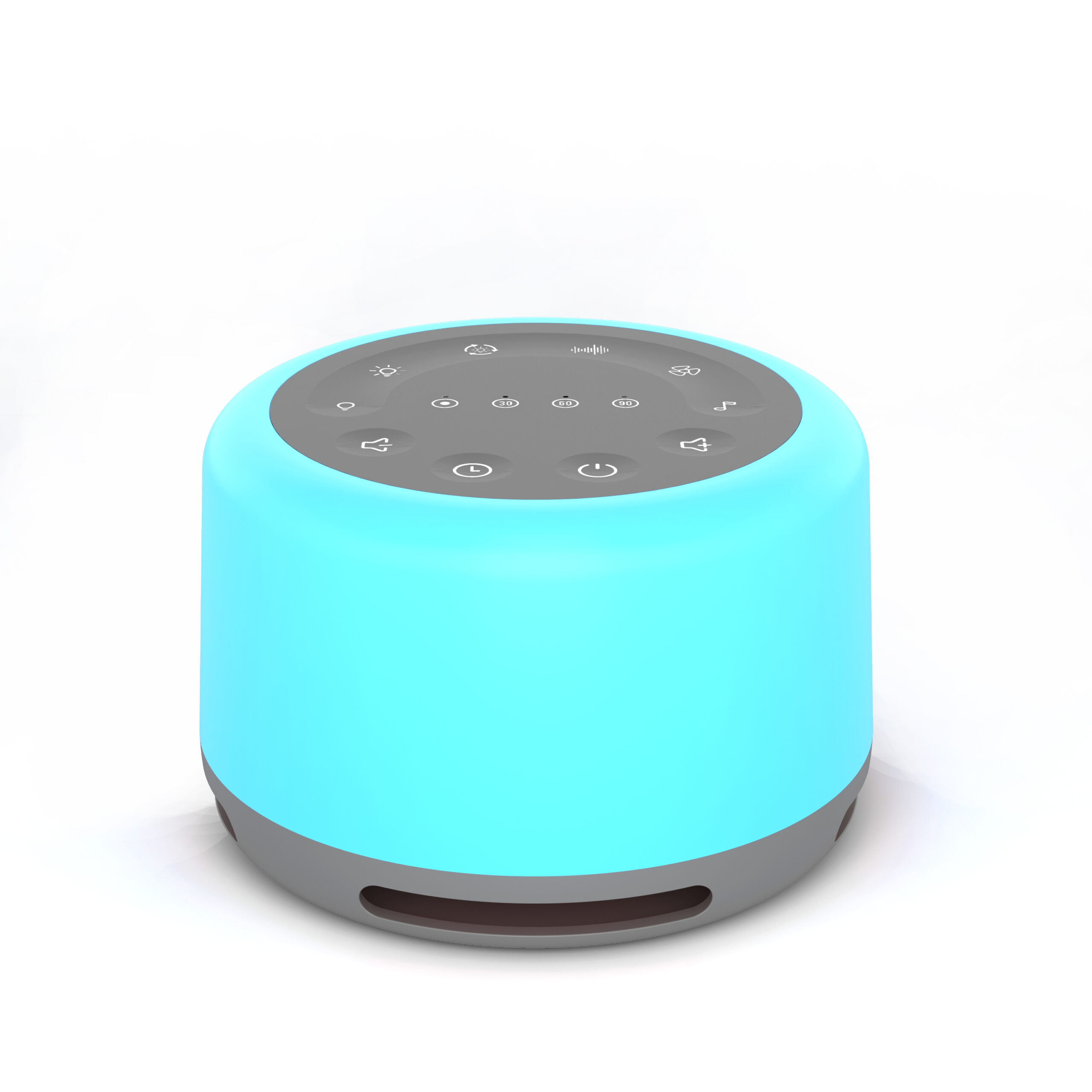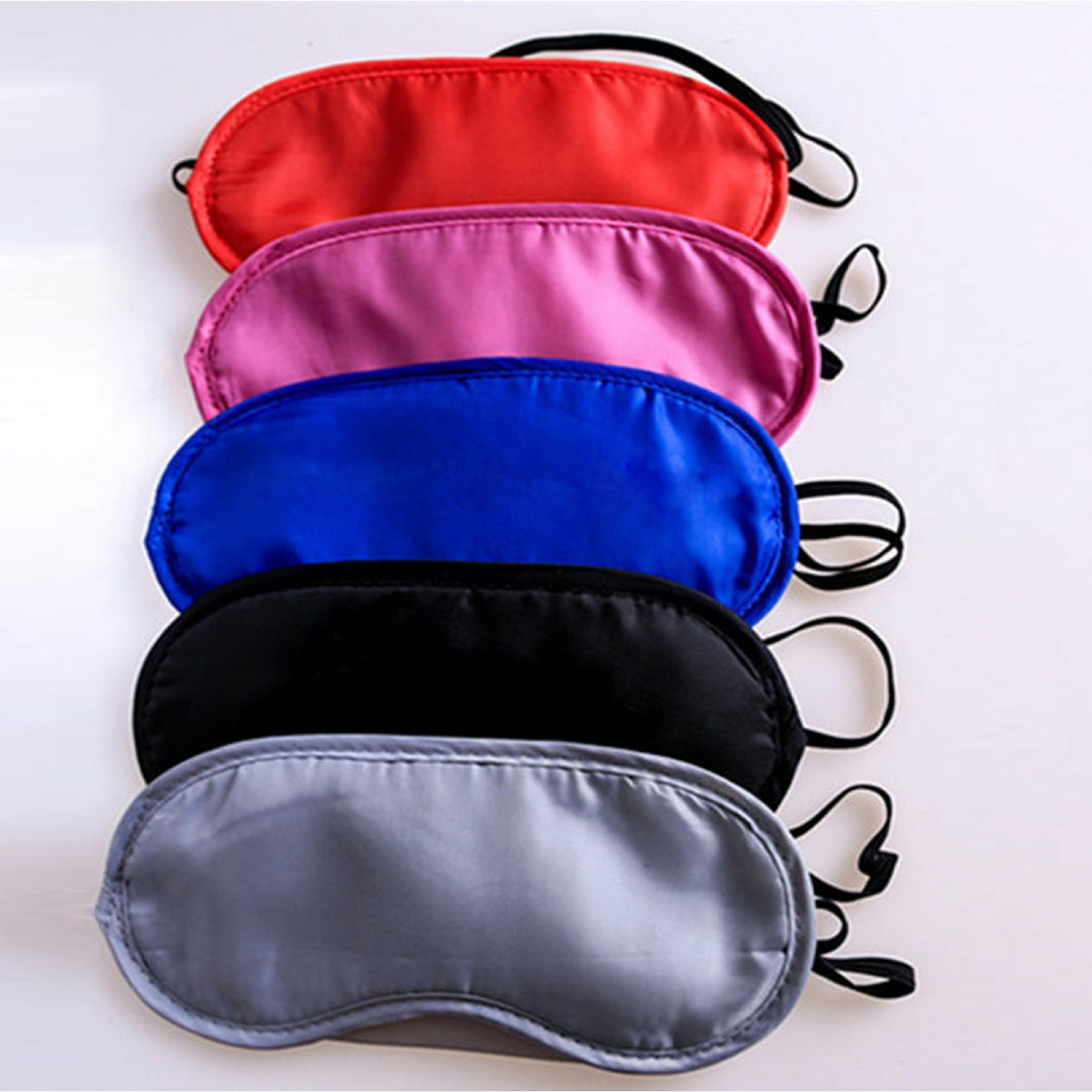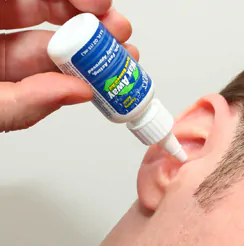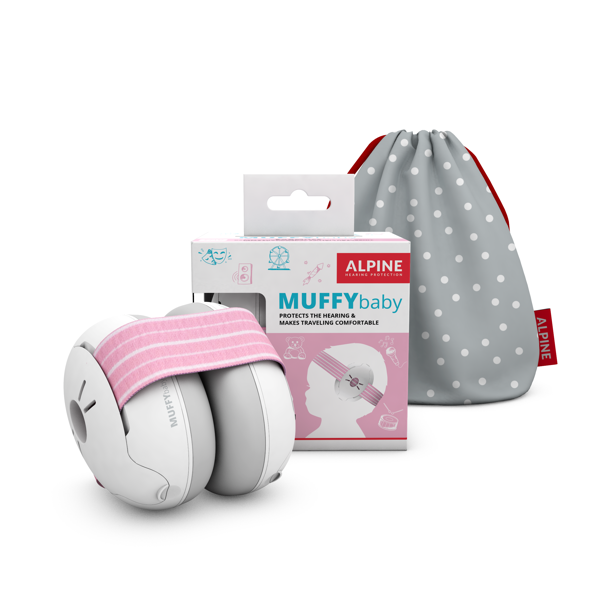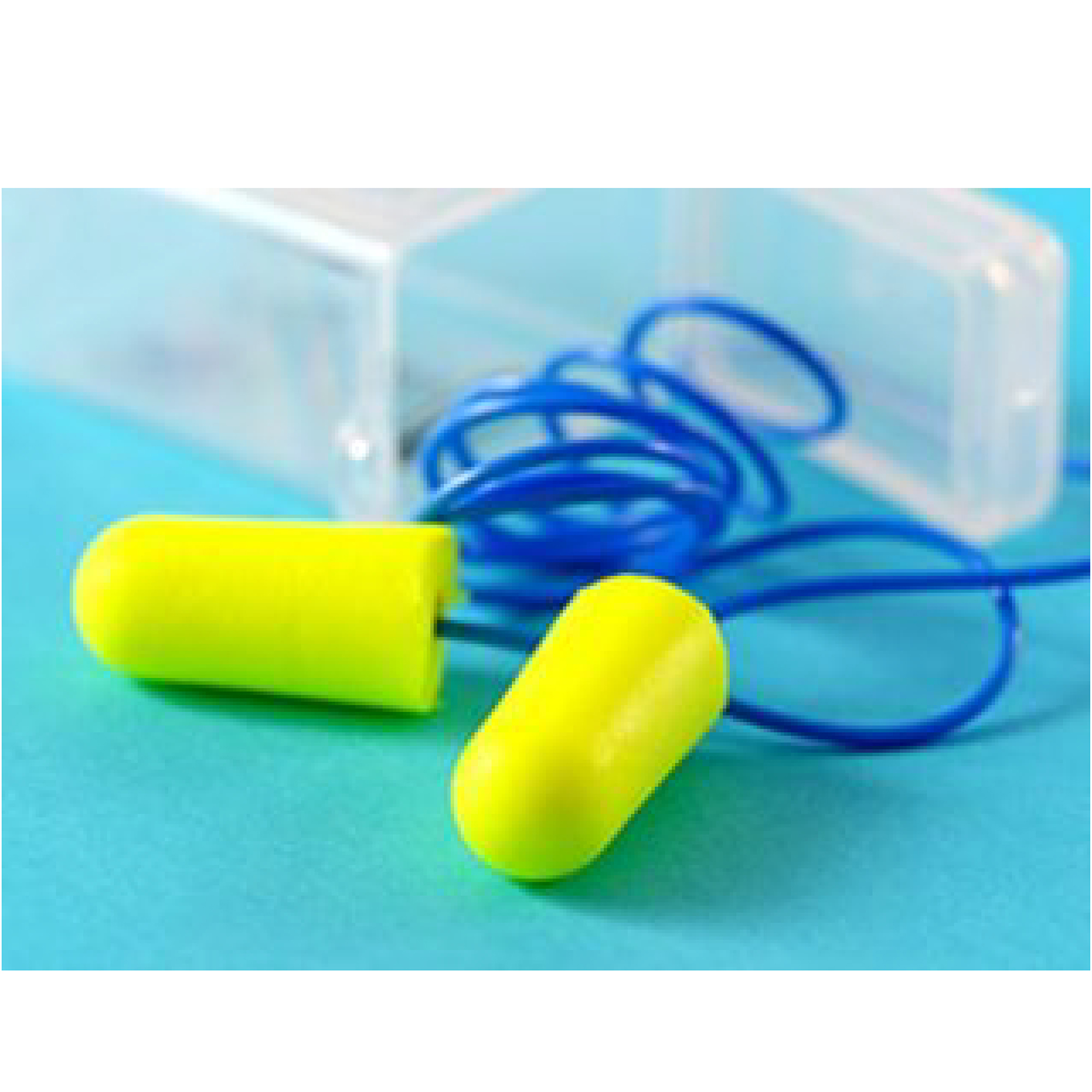Blog
Sound the Alarm: Prioritizing Hearing Protection Nationwide in the Workplace
- Daniel Hastings
Table of Contents
Hearing is one of our most vital senses, connecting us to each other and the world around us. It plays an indispensable role in our daily lives, allowing us to communicate, gather information, and, crucially, stay safe at work.
Yet, despite its importance, hearing protection in the workplace often falls short of the priority it deserves. In this blog, we will delve into the significance of hearing protection in the occupational setting, shed light on regulatory shortcomings, and emphasize the urgency of this issue.
The Current State of Hearing Protection
As we navigate an era of increasing infrastructure spending, more and more construction sites are cropping up across the nation. While this development is promising, it also brings a significant increase in noise levels that can pose a threat to workers’ hearing.
According to Safe Work Australia, hearing protection is a matter of growing concern, especially in industries exposed to high noise levels. This indicates that the protection of workers’ hearing is not as high a priority as it should be.

The Urgency of the Matter
Hearing protection is not just a matter of convenience; it’s a fundamental aspect of workplace safety. The data reveals that there is much work to be done to improve hearing conservation for millions of workers. The time has come to sound the alarm on this issue and address it on a national scale.
Next Steps in Prioritizing Hearing Protection
To make hearing protection a nationwide priority, we must take the following steps:
1. Raise Awareness: First and foremost, we need to increase awareness of the significance of hearing protection in the workplace. Employers, employees, and regulatory bodies should be well-informed about the risks associated with noise exposure and the available solutions.
2. Strengthen Regulations: We need to advocate for stronger and more comprehensive regulations that enforce the use of hearing protection in high-noise environments. This includes regular noise assessments and the provision of adequate protective gear.
3. Education and Training: Implement comprehensive training programs to ensure that workers understand the importance of hearing protection and how to use it effectively.
4. Regular Check-ups: Encourage regular hearing check-ups for workers to detect and address any hearing loss early.
5. Invest in Quality Hearing Protection Equipment: Make high-quality hearing protection equipment readily available and ensure that it’s comfortable and effective for workers to use.

OSHA Guidelines for Hearing Protection in Australia
In Australia, occupational health and safety regulations, including guidelines for hearing protection, are primarily governed by Safe Work Australia, a statutory agency responsible for developing and coordinating national policy to improve work health and safety and workers’ compensation arrangements. Safe Work Australia provides guidelines and recommendations for hearing protection in the workplace.
As of my last knowledge update in September 2021, here are some key points related to hearing protection in Australia:
- Exposure Standards: Safe Work Australia sets exposure standards for noise in the workplace. The exposure standard for noise in Australia is typically 85 decibels (A-weighted) as an 8-hour time-weighted average (Lavg,8h).
- Hazard Identification: Employers are required to assess and identify noise hazards in the workplace. This includes measuring noise levels to determine if they exceed the exposure standard.
- Control Measures: When noise levels exceed the exposure standard, employers are obligated to implement control measures to reduce exposure. This can include engineering controls, administrative controls, and personal protective equipment (PPE).
- Hearing Protection: When other control measures are not effective in reducing noise exposure to safe levels, employers must provide suitable hearing protection. This includes hearing protection devices (e.g., earplugs, earmuffs) that are appropriately selected, fit-tested, and maintained.
- Training and Information: Employers are required to provide information and training to workers on the risks associated with noise exposure and the correct use of hearing protection.
- Audiometric Testing: Some industries and workplaces may require audiometric testing to monitor the hearing of workers who are at risk of noise-induced hearing loss. Testing may be conducted at the employer’s expense.
- Recordkeeping: Employers must maintain records of noise assessments, control measures, audiometric test results, and other relevant information related to the management of noise hazards in the workplace.
- Regulations by State or Territory: It’s important to note that workplace health and safety regulations can vary slightly between Australian states and territories. Some jurisdictions may have additional requirements or regulations specific to their region.
Please be aware that regulations and guidelines may have changed since my last update. To ensure compliance with the most current hearing protection regulations in Australia, it’s essential to consult the Safe Work Australia website or the relevant workplace health and safety authority in your specific state or territory for the most up-to-date information and guidance.

Why We Should Prioritise Our Hearing
Prioritizing hearing protection nationwide is an urgent matter that cannot be ignored. It’s time to take action to safeguard the hearing health of workers across the country. If you have questions or want to know more about hearing protection in the workplace, check out our FAQs below:

FAQs:
1. Why is hearing protection important in the workplace?
Hearing protection is essential in the workplace to prevent noise-induced hearing loss and ensure the safety and well-being of workers.
2. What are the consequences of neglecting hearing protection?
Neglecting hearing protection can lead to irreversible hearing loss, reduced job performance, and increased safety risks.
3. How can I choose the right hearing protection equipment for my workplace?
Choosing the right hearing protection equipment depends on your specific workplace noise levels and individual preferences. Consult with experts or safety professionals to find the best solution.
4. How often should workers have their hearing checked?
Workers in high-noise environments should have their hearing checked regularly, with the frequency determined by the level of noise exposure.
5. What is the role of employers in prioritizing hearing protection?
Employers are responsible for providing hearing protection, implementing safety measures, and ensuring that workers are properly trained in its use.
Let’s work together to make hearing protection a top priority in workplaces across the nation. By taking action now, we can protect the hearing health of our workforce and create safer, more productive work environments.
Takeaways
In the quest to prioritize hearing protection nationwide, here are some key takeaways to remember:
1. Hearing Protection is Vital: Hearing protection is not a luxury but a necessity in the workplace. Neglecting it can lead to hearing loss and safety risks.
2. Urgent Action Required: With increasing infrastructure projects, we must act urgently to address the growing issue of noise-induced hearing loss.
3. Raise Awareness: Start by educating employers and employees about the importance of hearing protection and the risks of noise exposure.
4. Stronger Regulations: Advocate for stricter regulations that enforce the use of hearing protection in high-noise workplaces.
5. Education and Training: Implement training programs to ensure that workers know how to use hearing protection effectively.
6. Regular Check-ups: Encourage regular hearing checkups to catch hearing loss early.
7. Quality Equipment Matters: Invest in high-quality hearing protection gear that is comfortable and effective.

Additional Resources
For more in-depth information on hearing protection and to explore a range of high-quality hearing protection equipment, we recommend checking out our earplugs for work. We offer a wide our selection of earplugs designed for various workplace environments. Click here to learn more!
Take Action Now
Let’s make hearing protection a priority, ensure safer work environments, and safeguard the well-being of workers across the nation. Together, we can sound the alarm on this critical issue and take action for a better, quieter future.
Protecting your hearing and the hearing of those around you is a responsibility we all share. Equip yourself with the best hearing protection available and make your workplace safer. Click here to get started!












